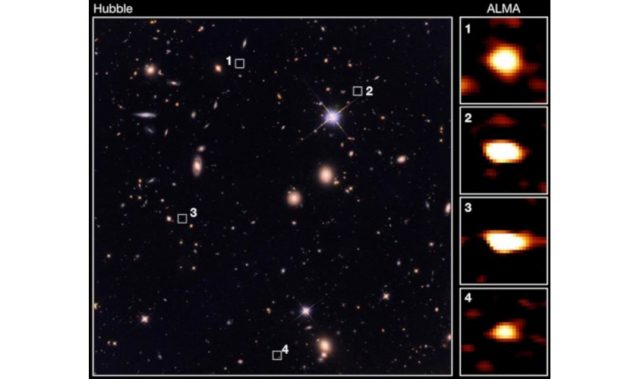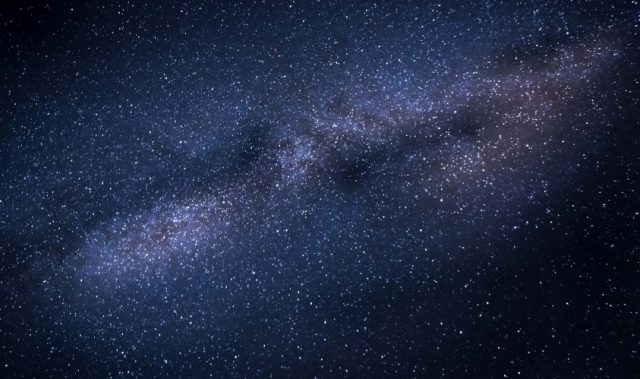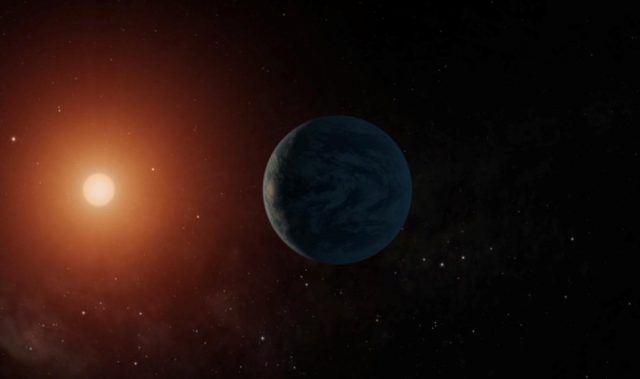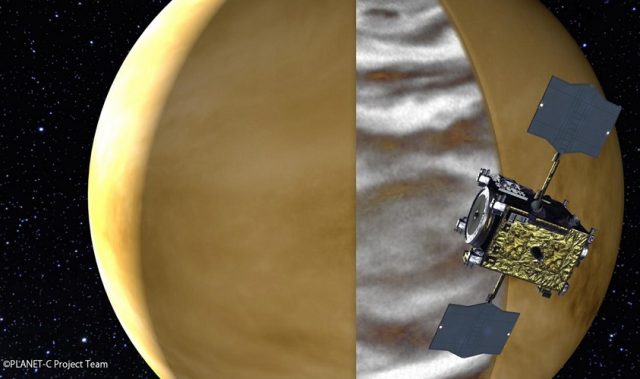
AsianScientist (Aug. 12, 2016) – An international team of astronomers has uncovered a huge region 8,000 light-years from the center of Milky Way which is devoid of young stars. The paper was published in Monthly Notices of the Royal Astronomical Society.
The Milky Way is a spiral galaxy containing many billions of stars, with our Sun about 26,000 light years from its center. Measuring the distribution of these stars is crucial to our understanding of how our galaxy formed and evolved.
Pulsating stars called Cepheids are ideal for this. At between 10 and 300 million years old, they are much younger than our Sun, which is 4.6 billion years old. They pulsate in brightness in a regular cycle, the length of which is related to their luminosity. If astronomers monitor them they can establish how bright the star really is, compare it with what we see from Earth, and work out its distance.
Despite this, finding Cepheids in the inner Milky Way is difficult, as the galaxy is full of interstellar dust which blocks out light and hides many stars from view.
The research team, led by Professor Noriyuki Matsunaga of the University of Tokyo, compensated for this with an analysis of near-infrared observations made with a Japanese-South African telescope. To their surprise, they found hardly any Cepheids in a huge region stretching for thousands of light years from the core of the galaxy.
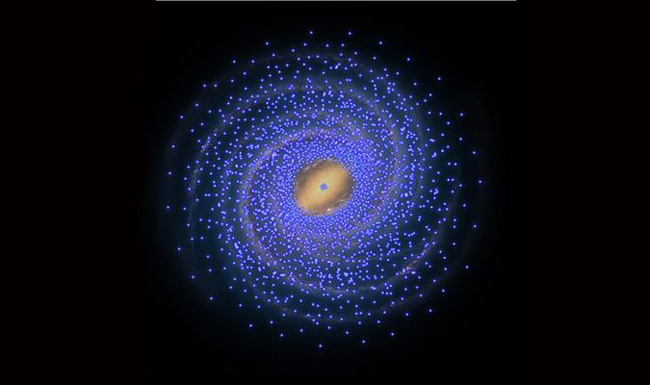
“We already found some while ago that there are Cepheids in the central heart of our Milky Way, in a region about 150 light-years in radius,” Matsunaga said. “Now we find that outside this, there is a huge Cepheid desert extending out to 8,000 light years from the center.”
This suggests that a large part of our galaxy, called the Extreme Inner Disk, has no young stars.
Co-author of the study Professor Michael Feast of the South African Astronomical Observatory said, “Our conclusions are contrary to other recent work, but in line with the work of radio astronomers who see no new stars being born in this desert.”
The article can be found at: Matsunaga et al. (2016) A Lack of Classical Cepheids in the Inner Part of the Galactic Disk.
———
Source: University of Tokyo; Photo: Pixabay.
Disclaimer: This article does not necessarily reflect the views of AsianScientist or its staff.






